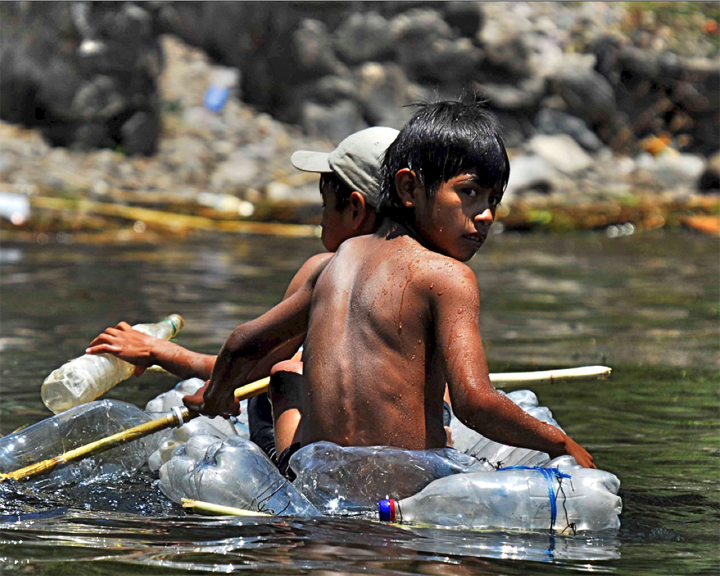

Guatemalan village takes water problem into its own hands

Juana Carmona vividly remembers getting up before dawn every day and walking with her children in the dark to collect water.
The nearest water source to her village in the mountains of southwestern Guatemala is the Naranjo River, two miles away. The nighttime trek was fraught with perils, and the water brought diarrhoeal diseases that ravaged the most vulnerable members of the community, its children.
“Ay! How difficult it was!” says Juana. That was before San Rafael Sacatepéquez took matters into its own hands. In 2004, the village secured a $44,000 investment and dug a well, appointing a Community Assembly to manage the village’s water needs. Some 465 village households now have access to water, and there are five public taps.
More than 40 percent of Guatemala’s rural dwellers do not have access to water in their homes, and even those who do often lack the most basic sanitation. Populations like these are in the crosshairs of efforts to achieve Millennium Development Goal #7, environmental sustainability, including the halving by 2015 of the number of people without access to safe water and adequate sanitation.
The MDG-Fund, which supports water projects like San Rafael’s in 11 countries around the world, aims particularly to raise the living and health standards of the most marginalized communities, which are often left behind in development efforts, by involving citizens in the decision-making processes that affect their lives.
In San Rafael, every villager participates in managing the water project. Some residents are responsible for the public latrines, others maintain the water conduits or buy gasoline for the water pump, still others take meter reading or perform other administrative tasks.
In addition to handling day-to-day issues, Community Assembly members like Juana Carmona work to promote a culture based on the proper use of water, with guidelines to limit monthly usage to 12 cubic meters per family, and a system of fines for those who are not current with their bill payments.
The results have been impressive: a significant decrease in gastrointestinal diseases, a strengthening of the community’s organizational culture and an increase in residents’ environmental awareness. The project has also given women the opportunity to take a leading role, thus contributing to the achievement of Millennium Development Goal #3, gender equality and the empowerment of women.
The MDG-F currently supports five joint UN programmes in Guatemala, tackling gender equality, climate change, nutrition and food security, peace and conflict prevention, and building the capacity of communities to manage water and sanitation services.
The San Rafael water programme is a collaboration among five UN agencies – the Pan American Health Organization, FAO, UNDP, UNICEF and UNFPA – and the Ministry of Planning and Programming of the Presidency and the Commonwealth of Municipalities of the Naranjo River Basin.